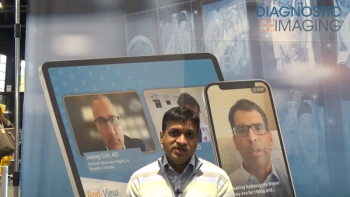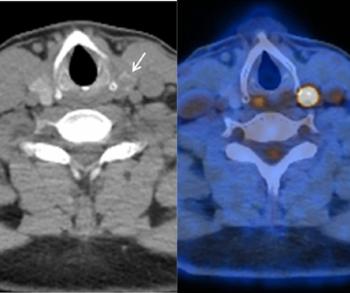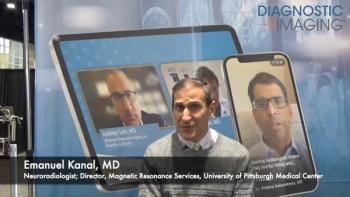
Imaging Volumes Fell 55 Percent – One Facility Shares Its Story
University Hospitals Cleveland Medical Center/Case Western Reserve saw a 55-percent overall imaging volume drop during the pandemic and unearthed some commonalities with other, harder-hit areas.
With a population of COVID-19 cases that puts its state squarely in the middle 50 percent of the country, University Hospitals Cleveland Medical Center/Case Western Reserve reported recently that its imaging volume dropped by 55 percent during the pandemic.
Published in the July 12 issue of
“The COVID-19 pandemic has had an unprecedented effect on radiology practices nationwide,” said lead study author Keval Parikh, M.D., diagnostic radiology resident at Case Western. “This study captures the tip of the iceberg in telling the story of volume loss during the COVID-19 crisis.”
Related Content:
To judge the overall impact of the outbreak, Parikh’s team examined image volume changes between March 8 and April 30, 2020. They used the first week of this time period and the 10 weeks prior to determine the normal practice expected volume. For that time frame, they assessed volumes in outpatient, inpatient, and emergency settings and looked at several imaging modalities, including X-ray, CT, mammography, MRI, nuclear medicine, PET, and ultrasound.
Their volume analysis revealed several significant changes:
- Outpatient exams dropped by 68 percent compared to normal practice
- Emergency exams decreased by 48 percent
- Inpatient exams fell 31 percent
- Mammograms and nuclear medicine were the most affected modalities, falling by 93 percent and 61 percent, respectively
- Technical component revenue, at its lowest point, had a 49-percent variance from normal practice
The investigators also compared their findings to the results of a study that showed a 28-percent overall imaging volume decline in hard-hit New York State. Despite the large discrepancy in volume change, the study revealed similarities among the changes in patient settings and modalities that could be generalizable.
Related Content:
Overall, outpatient settings in both environments suffered the biggest declines, followed by emergency department and inpatient. Both studies showed similar changes in mammography and nuclear medicine and pointed to smaller declines in inpatient-driven CT scans.
Ultimately, Parikh said, the team hopes their study results can contribute to practices and departments taking an objective look at their operations and what they need to do as the pandemic continues.
“This study sets the stage for an introspective assessment of current radiology operations,” he said.
In the face of ballooning imaging studies that must be re-scheduled, Parikh’s department and extended hours for patient scheduling calls into evenings and weekends and has initiated precertification processes earlier. To help with this initiative, they launched a training program to educate 200 technologists and nurses from low-volume departments to help with patient scheduling.
In an effort to maximize safety, the department has also implemented software tools to help with social distancing. For example, not only will they continue with current teleradiology strategies and remote reading to control the number of providers in the reading room, but they will also utilize a virtual waiting room for patients. Universal masking and fever screening for all staff and providers are also ongoing.
Overall, Parikh said, as the pandemic continues their results could be useful in helping facilities from different geographic areas nationwide compare the different changes in imaging utilization they experience.
“We recommend large and small institutions to continue publicizing their actual data to create an accurate picture of how the pandemic has affected different types of radiology practices,” he said. “As health system continue to navigate the uncertainty of the pandemic while the country progressively opens up, these studies will help inform evidence-based decisions for more accurate volume predictions, policy changes, and staff re-organization.”
Newsletter
Stay at the forefront of radiology with the Diagnostic Imaging newsletter, delivering the latest news, clinical insights, and imaging advancements for today’s radiologists.




























